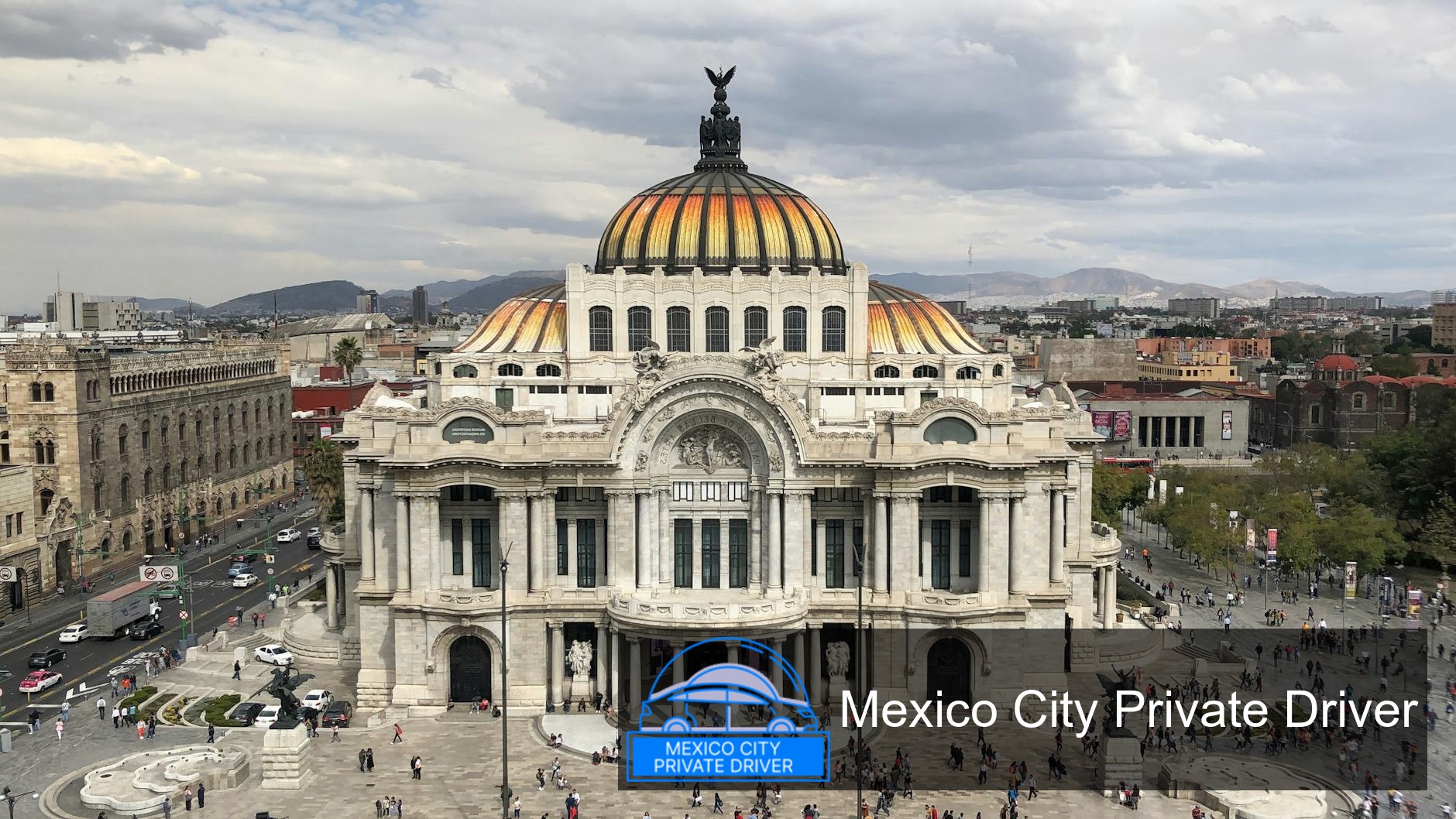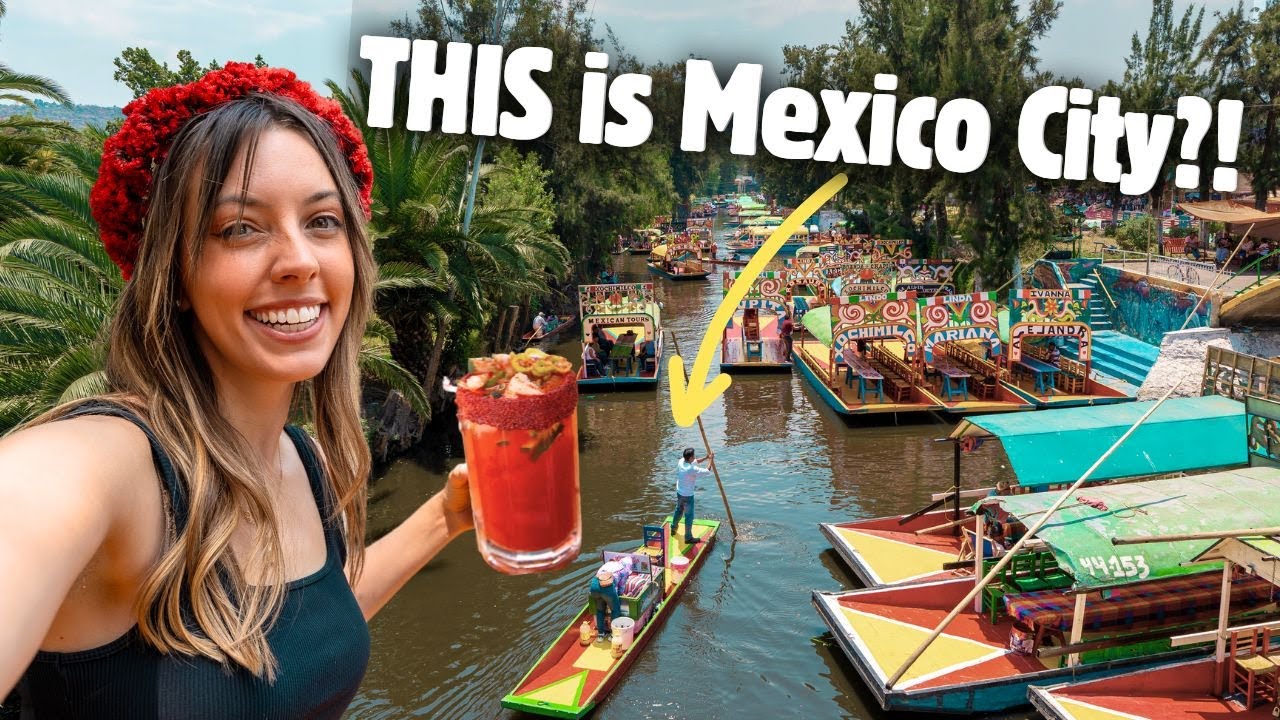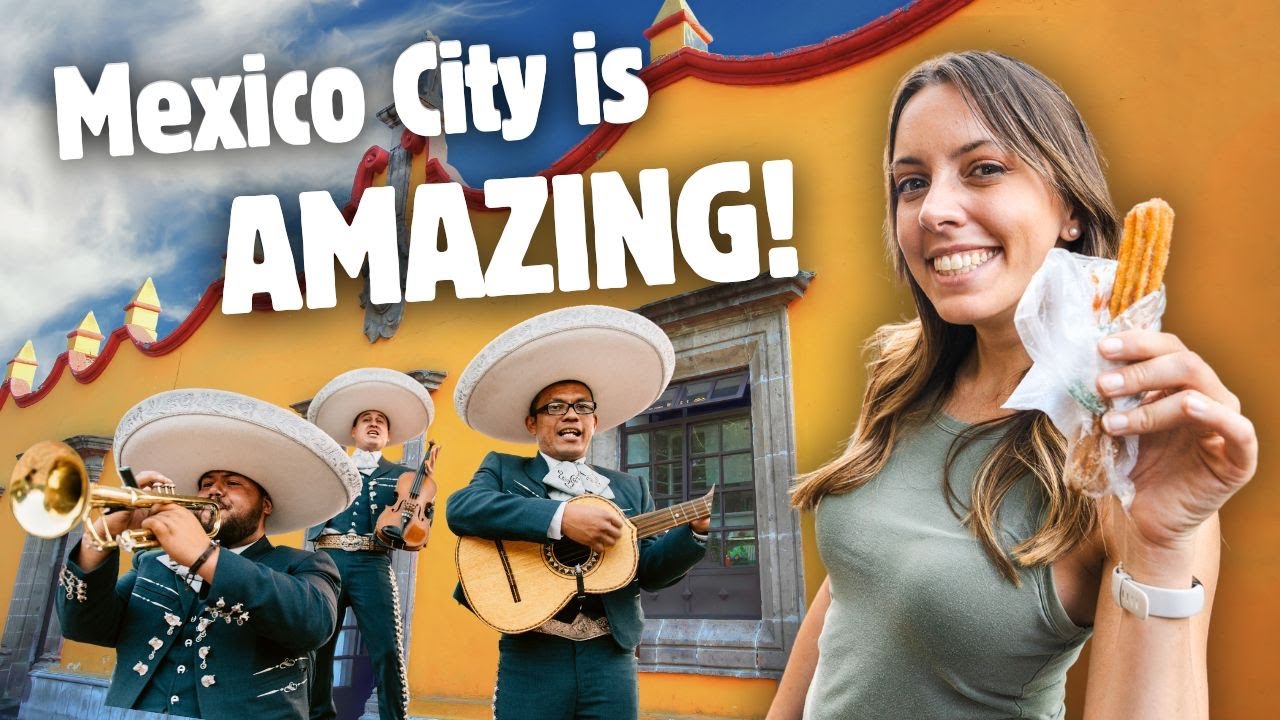TL;DR I’ve visited MUAC many times and, in my experience, it’s Mexico City’s most dynamic university museum for contemporary art — a compact but ambitious institution (opened 2008) with a collection focused on work produced in Mexico since 1952, rotating international-caliber temporary shows, generous public spaces, a dedicated conservation lab and research library, and practical visitor services (shop, auditorium, restaurant). This guide walks you through the must-see exhibitions right now, why MUAC matters, how to plan your visit, a quick comparison with other museums, and answers to the most common questions I encounter.
Museo Universitario Arte Contemporáneo Mexico City: Your Ultimate Guide to Must-See Exhibitions
Why MUAC matters — my perspective
I’m a long-time art writer and visitor to Mexico City’s museums, and what strikes me about MUAC is how quickly it became a central hub for contemporary practice. Opened in 2008 as part of UNAM’s cultural complex, it combines rigorous collecting with experimental programming (CIMAM; MUAC site).
Several things make MUAC unique in my experience:
- It anchors its collection to Mexico-based artistic production since 1952, which gives the museum a focused historical thread while remaining open to international exchanges (CIMAM; MUAC).
- The building’s design and setting in the volcanic Pedregal de San Ángel provide bright galleries and generous circulation — the architecture itself becomes part of the visit (city cultural site description).
- MUAC invests in documentation and conservation: a lower-level conservation and restoration lab, workshops for installation design, and Arkheia, a specialized archive and library, support both scholarship and preservation (MUAC site).
Must-See Exhibitions (current & noteworthy)
I always recommend planning a visit around the temporary shows — they’re often the most compelling reason to go. Here are the exhibitions I consider must-sees right now, based on MUAC’s programmed calendar and my visits.
Magali Lara — “Cinco décadas en espiral” (Sala 1, 2 y 3)
Magali Lara’s retrospective (Apr–Oct 2025) is presented as an “inverse” retrospective organized around a spiral motif. I found the format refreshing: instead of a chronological march, the show loops through motifs, colored drawing practices, and feminist diary-work that trace five decades of experimentation. It’s a generous, intimate survey revealing how a single artist’s language evolves without losing a personal voice (MUAC program).
Andrew Roberts — “Cadáver fantasma” (Sala 6)
Roberts’ project (May–Nov 2025) creates characters and fabricated worlds. In person, the theatricality and attention to archetypes felt like a small, uncanny cinema installed within the gallery — a good example of how MUAC commissions artists who work across sculpture, video, and set-like installations (MUAC program).
Leslie García & the Sun Ra archive — “Espectros de Saturno” (EES)
This archival and sound-centered project (Apr–Sep 2025) demonstrates MUAC’s willingness to present experimental research formats, including sound work and cross-disciplinary archives. If you have any interest in music, Afrofuturism or the intersections of sound and visual art, this is a singular, research-driven exhibition to catch (MUAC program).
Pauline Boudry & Renate Lorenz (Salas 7 y 8)
Two of my favorite contemporary artists working with performance, video and identity politics, Boudry and Lorenz’s show (Jun–Nov 2025) continues MUAC’s engagement with international artists whose work interrogates gender, memory and cinematic form. Expect video installations that reward sustained looking.
What to expect inside the building
From my visits, MUAC feels both scholarly and welcoming. Upper floors host nine galleries and a dedicated “Space for Experiments in Sound,” creating room for sound art and cross-media work. There’s also a shop and bookstore that I always browse for catalogues and rare publications (MUAC site).
Downstairs you’ll find the technical backbone: conservation labs and installation-design workshops. That infrastructure isn’t merely backstage — it signals MUAC’s commitment to preservation and research, and it informs the quality of exhibitions I’ve seen there (MUAC; CIMAM).
Comparative snapshot: MUAC vs. other Mexico City modern & contemporary venues
| Institution | Primary focus | Highlights / Why visit |
|---|---|---|
| MUAC (UNAM) | Contemporary art; works by Mexico-based artists since 1952 | University-backed research, conservation labs, sound experiments, rotating ambitious temporary shows (opened 2008) |
| Museo de Arte Moderno (MAM) | Modern art (20th century) with national icons | Strong historical collections and sculpture garden; complements MUAC’s contemporary focus (city art guides reference) |
| Museo Tamayo | International modern and contemporary art | Mix of modern collection and contemporary temporary exhibitions; intimate scale with strong curatorial programs (general city museum context) |
| Private galleries / fairs (e.g., Zona Maco) | Contemporary market & gallery scene | Pulse of commercial contemporary art in Mexico City; great for discovering younger galleries and artists (Artsy coverage) |
How MUAC’s collection and partnerships strengthen its program
MUAC holds over 2,185 works by more than 300 artists and several documentary collections — a figure you’ll see referenced on institutional pages. That concentrated collection, rooted in Mexico’s post-1952 production, allows the museum to alternate between historicizing shows and risk-taking contemporary commissions (CIMAM; MUAC).
In practice, MUAC leverages partnerships with major international institutions (Tate Modern, MACBA, others) to present dialogues between local and global practices — something I’ve seen reflected in the quality and scope of exhibitions over the years (MUAC institutional notes).
Practical Guide
Below I give concrete steps for planning your MUAC visit based on my experience and the museum’s public information. If you need exact transit or accessibility details, check MUAC’s official site before you go.
- Check the current exhibitions and opening days on MUAC’s website. I always confirm dates because exhibitions rotate; recent program listings included Magali Lara (Apr–Oct 2025) and Andrew Roberts (May–Nov 2025) (MUAC program).
- Confirm hours and ticketing. As of the museum’s updated schedule, typical hours include Tue/Wed/Fri 10:00–18:00, Thu 10:00–20:00, Sat 11:00–20:00, Sun 11:00–18:00; Monday closed. Tickets stop selling 30 minutes before closing (MUAC visitor info).
- Buy tickets or arrive early. Admission is accessible: recent posted prices were MXN 60 general, with 50% discounts for UNAM community members and for students/teachers from other institutions. Special free or discounted days can appear — I check ahead (MUAC visitor info).
- Allow 90–120 minutes. I typically spend 1.5–2 hours to absorb both temporary shows and browse the bookstore/shop. Add time if there’s a guided talk or performance scheduled.
- Bring a notebook or phone for notes. MUAC’s shows can be research-heavy; I take photos only when allowed and write down artist names and catalogues to follow up later at Arkheia or online.
- Use on-site resources. The museum’s bookstore (Tienda MUAC) is excellent for exhibition catalogues; if you’re a researcher, Arkheia and the conservation labs are reason enough to follow the museum’s publications and open events.
- Combine with UNAM campus exploration. MUAC sits on UNAM’s Ciudad Universitaria, surrounded by artwork and architecture. If time allows, walk a bit on campus for murals and public art (I often do this after a show).
Tips for getting the most from your visit
- Prioritize temporary exhibitions — they’re MUAC’s strongest draw and change frequently.
- If you’re interested in sound or experimental formats, check the museum’s “Space for Experiments in Sound” schedule or special events.
- Buy or request exhibition catalogues at the store; MUAC’s publications are valuable for deeper study.
- Visit on a weekday if possible; weekends can be busier, especially when multiple shows or talks are scheduled.
- Look for public programs: conferences, artist talks and screenings often accompany exhibitions and deepen the experience.
Where MUAC fits in a one-day art itinerary
If you have one day for art in Mexico City, consider pairing MUAC with a nearby museum depending on your interests: modern art at MAM for canonical works, or Tamayo for a focused dialogue between modern and contemporary practices. If you prefer contemporary commercial scenes, time visits to galleries in Condesa/Roma and plan around fairs like Zona Maco (timing varies annually; Artsy coverage is useful for fair dates).
Accessibility & practical notes
MUAC’s public pages highlight their role as a university museum committed to research and conservation; they’ve also expanded visitor hours and offer discounted entries for UNAM students and other academic communities (MUAC visitor info). For the most current accessibility services and specific needs, I recommend contacting MUAC directly — the museum’s team is usually responsive to accessibility inquiries.
FAQs
Do I need to buy tickets in advance?
Not always — MUAC sells tickets at the door and often on-site purchases are fine. That said, for popular openings or weekends it’s prudent to check the museum’s site in advance and buy online if that option is available.
What are the current opening hours?
The museum updated hours recently: typically Tue/Wed/Fri 10:00–18:00, Thu 10:00–20:00, Sat 11:00–20:00, Sun 11:00–18:00; closed Monday. Ticket sales close 30 minutes before the museum closes. Always verify current hours on MUAC’s official page before you go.
How much is admission?
Recent posted admission was MXN 60 for the general public, with 50% discounts for UNAM community members and students/teachers from other institutions. Prices can change and special programs or free days may occur — check MUAC’s visitor information for the latest.
Is photography allowed inside the galleries?
Photography policies vary by exhibition. On my visits some shows allowed non-flash photography while others — especially loaned or film-based works — restricted images. Look for signage or ask staff at the entrance to each gallery.
Does MUAC have a permanent collection on view?
MUAC’s collecting focus is on artists based in Mexico since 1952, and the museum maintains an important collection and documentary holdings. The permanent collection is used across exhibitions, but the public experience emphasizes rotating thematic and monographic shows rather than a single, static permanent-gallery circuit.
Are there guided tours or public programs?
Yes. MUAC programs include talks, screenings, and educational activities tied to exhibitions. If you want a guided visit, check the museum’s programming calendar; I’ve found talks and courses there that deepen the understanding of shows.
How is MUAC different from the Museo de Arte Moderno?
MUAC focuses on contemporary work by Mexico-based artists from 1952 onward and operates within a university-research framework. The Museo de Arte Moderno has a stronger modern-historical emphasis and different institutional collections. Both are complementary stops for art lovers in the city (city guides and museum descriptions).
Final thoughts — why I keep returning
As someone who follows Mexico City’s art scene closely, I return to MUAC because it balances research-led collecting with public-facing, often experimental exhibitions. The museum’s combination of archive resources, conservation capacity, and a program that mixes local histories with international contemporary practices makes it both intellectually rewarding and visually stimulating. If you love contemporary art that’s engaged with critical histories and emergent practices, MUAC should be high on your Mexico City itinerary.
If you’d like, I can help you build a half-day itinerary around MUAC — including nearby cafés, other museums, or a walking route through the UNAM campus. Tell me your interests and how long you’ll be in the city, and I’ll tailor suggestions.
Martin Weidemann is a digital transformation expert and entrepreneur with over 20 years of experience leading fintech and innovation projects. As a LinkedIn Top Voice in Digital Transformation and contributor to outlets like Forbes, he now brings that same expertise to travel and mobility in Mexico City through Mexico-City-Private-Driver.com. His focus: trustworthy service, local insights, and peace of mind for travelers.



